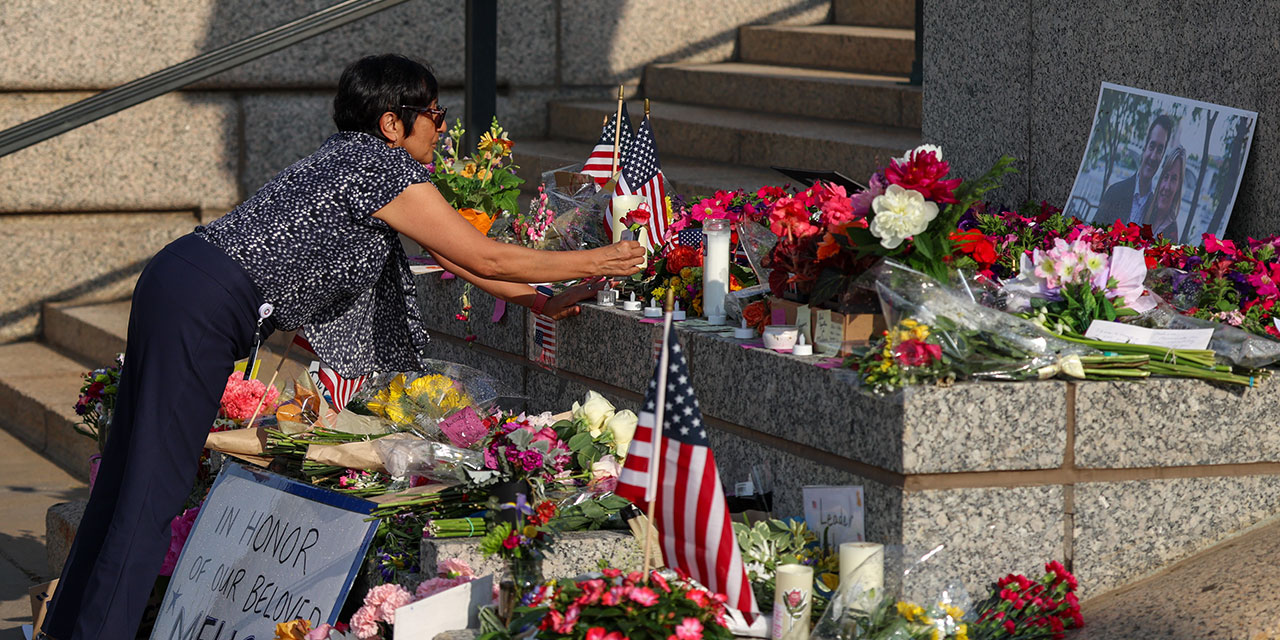
The murder of the couple at the Israeli embassy in Washington, D.C., the Boulder, Colorado attack on a group supporting the release of hostages held by Hamas, and the assassination of a state legislator in Minnesota are classic examples of “lone-wolf terrorism”—individuals carrying out ideologically motivated violence. The eternal and difficult question for law enforcement is how to stop a lone wolf before he acts.
Foiling a one-man plot is harder than stopping an organized group. A conspiracy has multiple points of vulnerability. One person in the group might say something to the wrong person. The government can slip an informant or undercover agent into the organization. And then there’s that one idiot in every group who gets pulled over for speeding while carrying weapons in the trunk of a rental car. Carrying off an attack like 9/11 without getting caught ahead of time is the exception, not the rule.
Finally, a reason to check your email.
Sign up for our free newsletter today.
Lone-wolf terrorists are different. They’re less likely to discuss their plans in advance. Law enforcement can’t infiltrate a gang of one. And the pool of potential lone-wolf actors in America is vast—anyone with an ideological grudge that has been stoked by twisted philosophies and some triggering event. But experience shows that preventing such attacks can be done.
First, authorities need to build a human intelligence network (“HUMINT”) in areas where lone wolves are likely to act. Think of the alleged Boulder attacker, Mohamed Sabry Soliman, an Egyptian man who spent 17 years in Kuwait before arriving in the U.S. and overstaying his visa. Law enforcement could have created a HUMINT net in the Boulder area focused on the Middle Eastern community—and specifically on individuals who express anti-Semitic sentiments. Officers could then spread the message: they know the majority of the community does not favor violence; those who might consider violence create a danger for their own friends and family; and the community itself can help prevent such violence.
Thanks to HUMINT, if a lone wolf like the Boulder attacker ever talks about attacking the Jewish protesters or gathering materials to create Molotov cocktails, somebody in the community could alert law enforcement. Occasionally, the community polices itself, defusing the radical elements in its midst. HUMINT has multiple variations, all of which utilize both the community’s interest in self-preservation and the better angels of our nature.
HUMINT must be combined with surveillance, both active and covert. This means law enforcement physically observing at-risk communities for conduct that might be concerning. An unknown and unknowable number of lone-wolf attacks are deterred by the mere presence of a police car at the right time or by the would-be terrorist getting the feeling (correct or not) that he is being followed.
Given the ubiquitous nature of social media, law enforcement would be foolish not to utilize digital surveillance, as well. That means using Internet algorithms to alert law enforcement when a lone wolf posts his violent plans. This sloppy or unintended divulging of planned violence by lone-actor terrorists, formally known as “leakage,” is not uncommon in such cases, though too often it is recognized only after an attack. Elias Rodriguez, the shooter in the Israeli embassy case, fixated on Israel and Gaza online, as well as engaging in increasingly volatile behavior in public spaces. When the FBI examines the digital devices and digital footprint of Vance Boelter, the Minnesota shooter, such leakage is likely to be apparent as well. There is nothing wrong with law enforcement flagging somebody like Rodriguez or Boelter for more specific surveillance, or even a quiet visit from the FBI.
The government must also be willing to infiltrate organizations that might harbor potential lone-wolf terrorists. In our experience, nobody objected when they found out we had penetrated a cell of the Ku Klux Klan, Aryan Nations, or al-Qaida with an informant or an undercover agent to monitor them and prevent violence. The government must be equally ready to infiltrate left-wing or right-wing organizations that plan, foment, or support violent ideologies.
In today’s America, lone-wolf violence is just as likely to come from the radical Right as from the radical Left, as these most recent attacks demonstrate. American law enforcement must follow the evidence without favor or fear of offending. If left-handed men with shaved heads who are taller than 6’5” and root for the New York Mets are targeting any ethnic group for violence, we expect the FBI to be at Citi Field with a tape measure and an offer to play catch with any sleekly groomed man.
Finally, the government must be ready to “Al Capone” the potential terrorist to prevent him from acting. Federal agents took Capone off the streets not for murder or robbery but for tax evasion. Once the government has identified a potential lone-wolf criminal, they must be ready to use any violation of the law to incapacitate him. A lone wolf who is an illegal alien, sells or possesses drugs, makes actionable terroristic threats, or has an illegal firearm or bomb-making materials has violated the law and should be incapacitated, either by imprisonment or deportation where appropriate. Soliman, the alleged Boulder firebomber, had overstayed his visa and could have been deported at any time during the year he was planning his attack.
None of this is easy. But all of it is constitutional. And it is why law enforcement—and the Department of Justice, in particular—exists.
This is America. We don’t take kindly to attacks on any of the many groups that make up our country. It’s time to go wolf hunting.
Photo by Steven Garcia/Getty Images
City Journal is a publication of the Manhattan Institute for Policy Research (MI), a leading free-market think tank. Are you interested in supporting the magazine? As a 501(c)(3) nonprofit, donations in support of MI and City Journal are fully tax-deductible as provided by law (EIN #13-2912529).
Source link


















